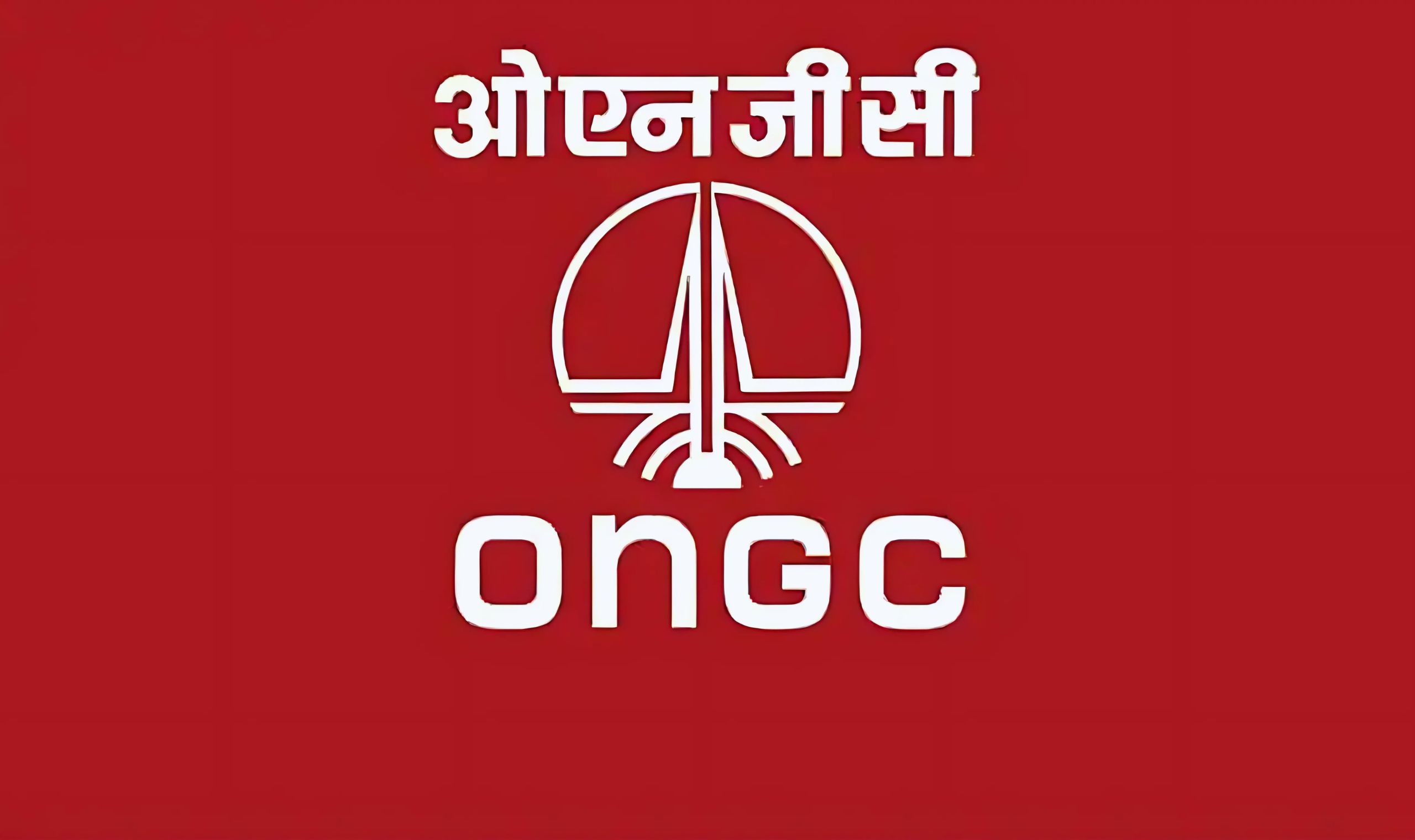While global attention is gradually turned towards green alternatives, crude oil and gas continue to support both international and local supplies. This is precisely one of the essential sectors which sustain India’s drive towards energy security coupled with its economic growth. India continues to be on a path to innovatively exploring methods for enhancing the country’s major oil and gas exploration company, Oil and Natural Gas Corporation, in new and mature fields. A significant step in this direction came on January 8, when ONGC announced that it has appointed BP Exploration (Alpha), a subsidiary of BP Plc, to provide technical services aimed at enhancing production from its offshore Mumbai High field.
This strategic collaboration is an important milestone in the efforts of ONGC to increase oil and gas production from the Mumbai High field, considered one of the oldest and most productive oil fields in India. By utilizing BP’s existing knowledge base, the goal is to unlock further potential for recovery within this mature field and contribute to India’s domestic energy supply. In this blog, we’ll dig into the essentials of this collaboration, how crucial the Mumbai High field is to ONGC’s operations, and what these consequences mean for India’s energy security.
1. A Glance at ONGC’s Deal with BP Affiliate
The partnership of ONGC with BP Exploration (Alpha), by following a competitive global bidding process, would see BP’s subsidiary emerge as the chosen TSP for the Mumbai High field. Over the forthcoming decade, the partnership is likely to work towards improving the efficiency of the production from one of ONGC’s top asset offshore fields besides providing significant improvements over oil recovery.
The technical services that BP will offer include a thorough review of the field’s performance, with a focus on identifying opportunities for improvement in the reservoir, production facilities, and wells. BP will implement advanced recovery technologies that have the potential to increase production levels significantly, providing ONGC with a substantial boost in output from this mature field.
This is, according to ONGC, the declaration from BP, which reckons that its interventions will bring an impressive 60% increase in oil and oil-equivalent gas (O+OEG) production from the Mumbai High field. This has been signed over a 10-year contract period, pointing to a long-term commitment to enhanced productivity for one of India’s most vital oil reserves.
2. The Significance of the Mumbai High Field
The Mumbai High field is India’s oldest and most productive oil field, both onshore and offshore. Its critical role for ONGC was in the race to meet growing energy demand within the country. Located in the Arabian Sea, off the Mumbai coast, this field has been in production since 1976 and remains the country’s premier oil field contributor.
Although the Mumbai High field is historic and continues to be produced, it is considered a mature field, meaning that its production levels have declined over time. As fields mature, the challenges associated with extracting oil and gas from them increase, requiring advanced technologies and expertise to maintain or enhance output. For ONGC, boosting production from Mumbai High is a top priority, as it represents a crucial source of revenue and energy for the country.
In recent years, ONGC has been focusing more and more on using the latest technology and innovative recovery techniques to squeeze out maximum output from its mature fields. The alliance with BP Exploration (Alpha) is part of this larger strategy to ensure that mature fields like Mumbai High continue to contribute significantly to India’s energy supply.
3. How BP’s Expertise Will Enhance Production
BP Exploration (Alpha) is a subsidiary of BP Plc, with decades of experience in oil exploration, production, and advanced recovery technologies. BP has a strong track record in deploying state-of-the-art solutions for improving the efficiency and output of offshore oil fields, and its expertise will be invaluable in unlocking the potential of the Mumbai High field.
BP’s intervention will focus on improving the performance of the reservoir, enhancing the efficiency of the production facilities, and optimizing the wells that extract oil and gas. ONGC aims to maximize production while ensuring that the environmental impact of these operations remains minimal by leveraging BP’s advanced recovery technologies.
Second, BP’s contribution will enable ONGC to accept new technologies which can be exploited to recover oil from the reservoir. This will be particularly critical for mature fields, where standard extraction techniques can no longer ensure production or augmentation of volumes. BP has all the advanced technology, including the EOR, which will see to it that the Mumbai High field continues producing oil and gas for many more years.
4. ONGC Focus on Unlocking New Hydrocarbon Resources
Though the collaboration with BP is primarily to increase recovery from the Mumbai High field, ONGC is also unlocking new hydrocarbon resources. ONGC has been increasingly investing in greenfield exploration projects that are meant to discover and develop new oil and gas reserves. The new fields will be the key sources of energy for India in the years ahead, considering the growing demand for oil and gas.
Parallel to the expansion of recovery from mature fields like Mumbai High, ONGC also aims to extend its exploration activity in newer and underexplored areas. With this dual thrust of improving output from existing fields and exploring new reserves, ONGC is better placed to maintain strong and reliable domestic oil and gas supplies for India.
Through its focus on both mature as well as newer areas, ONGC wants to assemble diversified oil and gas resources to take care of growing energy needs for the country. Although Mumbai High will continue to remain a heartthrob in the operations for ONGC, there is every intent in looking at the next opportunity towards energy security for India.
5. Effects of increasing prices of Crude Oil:
The strategic thrust of ONGC in raising domestic production coincides with a period when international oil prices are under upward pressure. International crude oil prices were boosted on January 8, 2024, as supplies tightened from Russia and OPEC members. Brent crude prices went above $77 per barrel, and WTI prices crossed $74.50 per barrel.
The increase in international crude prices will also be helpful to ONGC since it directly affects the revenues of the company. When oil prices rise, it is possible for ONGC to extract more money from its existing oil production, which includes production from mature fields like Mumbai High. In addition, as ONGC increases production from mature fields under the guidance of BP, favourable market conditions would be an added advantage for the company to achieve maximum production at this point.
For ONGC, this could be the moment to capitalize both on technological leadership and favourable market conditions to lift its production base and revenue profile.
6. The Broader Implications of the Findings for India’s Energy Security
ONGC’s efforts at increasing domestic production from the Mumbai High field are important not only for the company but also for India’s energy security. As the world’s third-largest importer of crude oil, India relies heavily on the global oil market to meet its energy needs. Increasing domestic production is therefore crucial in reducing this dependence and enhancing energy self-sufficiency.
The Mumbai High field, like any other operated field by ONGC, plays an important role in ensuring that the country is energy-independent, hence not importing most of its requirements. By working on enhancing the recovery rate in mature fields, ONGC could significantly contribute to India’s energy security and bring stability to oil prices in the country.
In addition, advanced technologies in oil extraction support the overall vision of India to enhance efficiency and sustainability in the energy sector. The ONGC’s effort to improve recovery in the Mumbai High field becomes a model for the oil and gas industry to extract more resources from existing fields with minimal impact on the environment.
7. Conclusion:
ONGC’s partnership with BP Exploration (Alpha) represents a significant step in the company’s strategy to enhance production from its mature fields. The collaboration aims to boost output from the Mumbai High field by up to 60% over the next decade, leveraging BP’s expertise in advanced recovery technologies. This effort is vital for ONGC’s long-term success and for India’s energy security.
The Mumbai High field, producing oil since 1976, continues to be one of the pillars of ONGC’s operations. With BP as a partner, ONGC will now be in a position to maximize the recovery potential of this mature field to augment India’s fast-growing demand for domestic oil and gas. Since ONGC also explores new hydrocarbon resources, the company is in an excellent position to lead India’s energy sector into the future with a stable and sustainable energy supply.















0 Comments